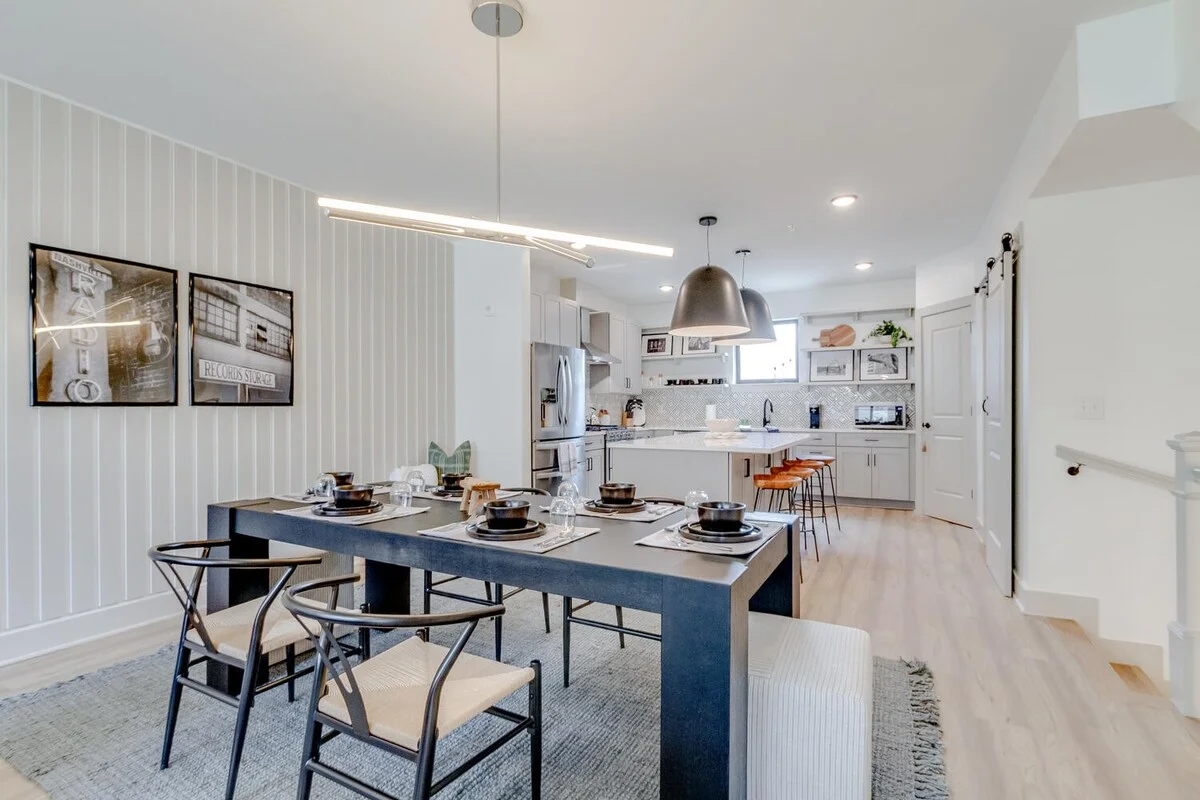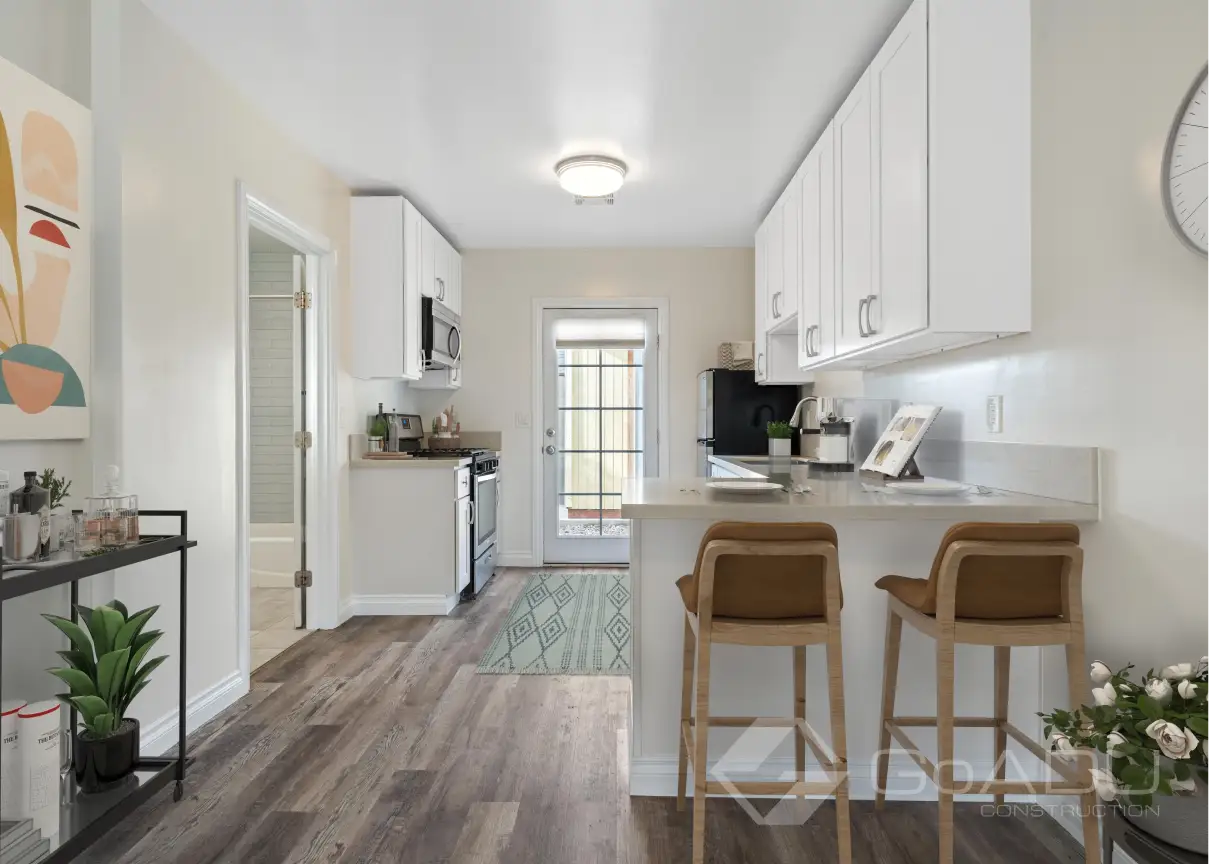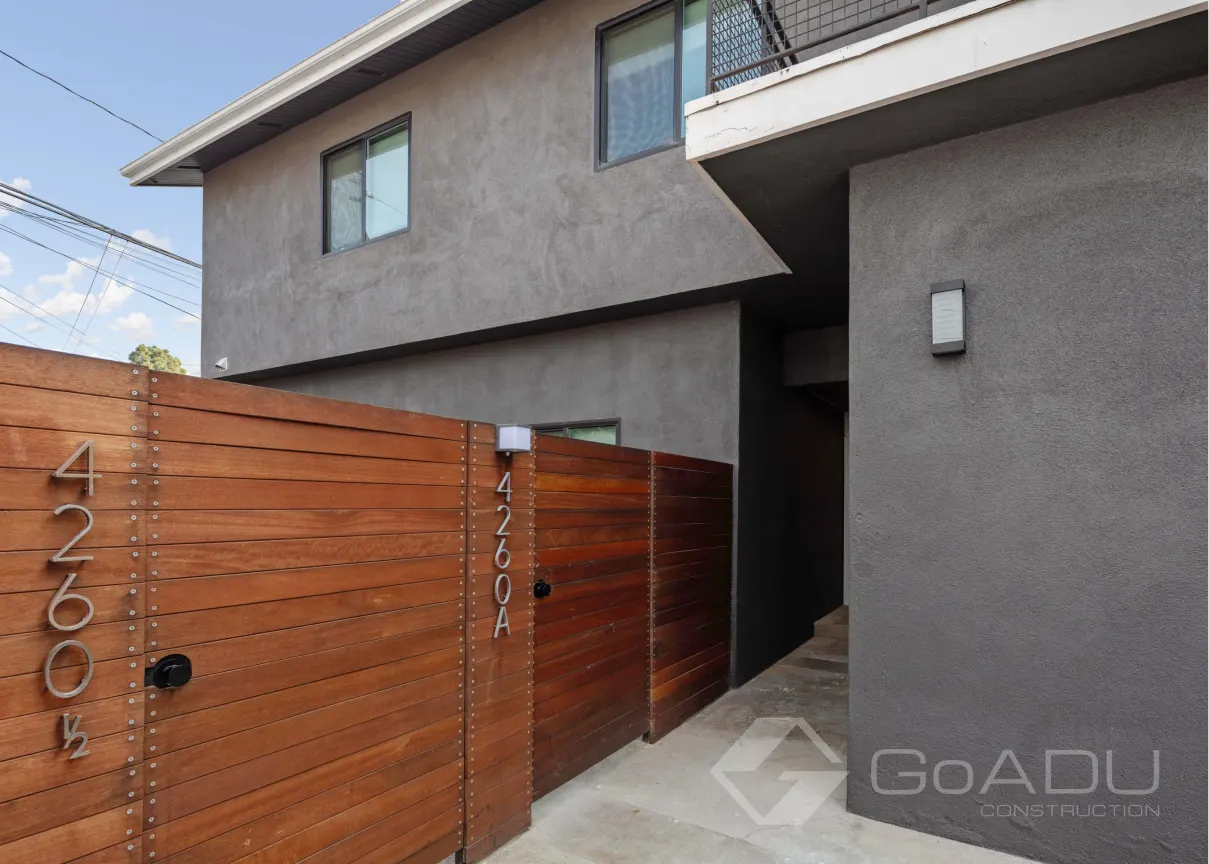Discover what you can build in the City of Downey. This city guide covers essential Custom Home regulations and zoning laws to help you navigate the process and make informed decisions for your property.
The City of Compton allows homeowners to build one Custom Home on their property. If the property is owner-occupied, you can also build a JCustom Home within the existing property, bringing the total number of accessory units to a maximum of two.
Multifamily property owners in Compton may convert at least one Custom Home, and additional Homes not to exceed a maximum number equal to 25% of the existing units out of existing uninhabitable space. Ergo:
No more than two detached Homes may be constructed on a multifamily lot in Downey.

In Downey, the maximum size your detached Custom Home can be is 1,200 square feet.
In Downey, an attached Homes can be up to 50% of the existing living area of the main dwelling unit, to a maximum of 1,200 square feet.
In Downey, a detached Custom Home must be a maximum of 16 feet high unless granted a special exemption by the city. An attached Custom Home can rise to the height of the main structure, up to a maximum of 25 feet.
Two-story Homes are not allowed in Downey.
Since two-story Homes are not allowed, you cannot have “stacked’ Homes (a two-story building with one Custom Home on each floor) in Downey.
Residential property can only be permitted for one Custom Home, so you will probably not be permitted for two Homes, attached to each other or otherwise. However, multifamily property can be permitted for up to two detached Homes, and it is possible to design those two Homes to be attached to each other within one new structure.
No, a JCustom Home is defined as a small Custom Home converted from existing space within the main structure of the primary dwelling unit. As such, it cannot be attached to A Custom Home.
Generally roof decks would be permitted on A Custom Home, but must meet the height restrictions for the zone. Roof decks cannot encroach into the required setbacks. As a rule of thumb, railings and access staircases above 42″ need to be included in height calculations.
Downey makes no mention of specific requirements for the exterior of the Custom Home. However, general guidance is that the exterior roofing, trim, walls, windows and the color palette of the Custom Home shall incorporate the same features as the primary dwelling unit.

A detached Custom Home in Downey requires a minimum four-foot side and rear setback. Front setbacks depend on your specific neighborhood and street.
A detached Custom Home in Downey requires a minimum ten feet of separation from any existing structure and must comply with fire codes.
Usually A Custom Home will not be permitted for the front yard of a home in Downey.
As of April 1, 2024, the City of Downey has launched the “Accela Citizen Access” (ACA) online portal, which Downey residents can use to submit building plans online to the Community Development department. General information about ACA can be found here. A PDF with submittal guidelines can be found here, while the direct link to the ACA portal is here (login required).
California building codes say you need a soils report if your Custom Home project involves:
The Downey Community Planning Department might ask for a soils report even if your project doesn’t fit those exact situations.
Landscaping must maintain neighborhood aesthetics. Typically, at least 20% or 30% of the lot must be maintained as green space. At least 30% to 40% of the lot must be permeable.
To start the plan check process, you’ll need to submit your Custom Home plans to the city’s Community Planning Department.
The length of the plan check depends. It can take anywhere from a few weeks to a few months to get your plans approved as they move from one department to the next. This can depend on how busy the city is, if your plans have any issues, and how many corrections you may have to make.
Downey requires that you add one new parking space to your property per Custom Home. However, several exemptions have been put in place to make it easier to add A Custom Home. You need not add parking when any of the following apply:
When there is a car share vehicle located within one block of the accessory dwelling unit.
If more parking must be added, it can be placed within the required setbacks. Tandem parking is allowed, unless otherwise restricted by special rules.

Most newly constructed Homes must comply with California Title 24 Building and Energy Efficiency Standards. If you submitted your permit application later than January 1, 2020, this means you must provide solar panels on new Homes to offset their reliance on the grid. This does not necessarily mean the solar panels need to be installed on the Custom Home itself. They can be installed on the primary dwelling unit or a new or existing array.
Some exemptions may apply to certain Homes. Possible exemptions include:
No, a separate electric and water meter is not required for A Custom Home. However, you may request one from the city.
Not necessarily. A Custom Home can be permitted under the existing address. If you want your Custom Home to have its own address, you can apply to the Mapping and Property Management Division (MPM) for a “½” address designation. In other words, if your address is 1234 Elm Street, your Custom Home could have a separate address of “1234½ Elm Street.”
Low Impact Development (LID) is an approach to land development or redevelopment that seeks to preserve and conserve onsite water quality and natural features, with minimal detrimental effect to local waterways and ecosystems. The City of Downey may require LID fees for larger Homes.
Operating A Custom Home as an Airbnb or short-term rental is prohibited by the City of Downey.
Downey has no local rent control ordinance. California AB 1482 limits rent increases to 5% plus the inflation rate to a maximum of 10%, but new construction, single-family homes not owned by corporations, and owner-occupied duplexes are exempt.
You can use gas appliances in A Custom Home in the City of Downey as long as all building codes, safety standards, and installation guidelines are adhered to. The proper permits must be obtained, and requirements for safety and ventilation observed.
You are not required to put fire sprinklers in your Custom Home if the main dwelling unit is not required by law to have fire sprinklers.